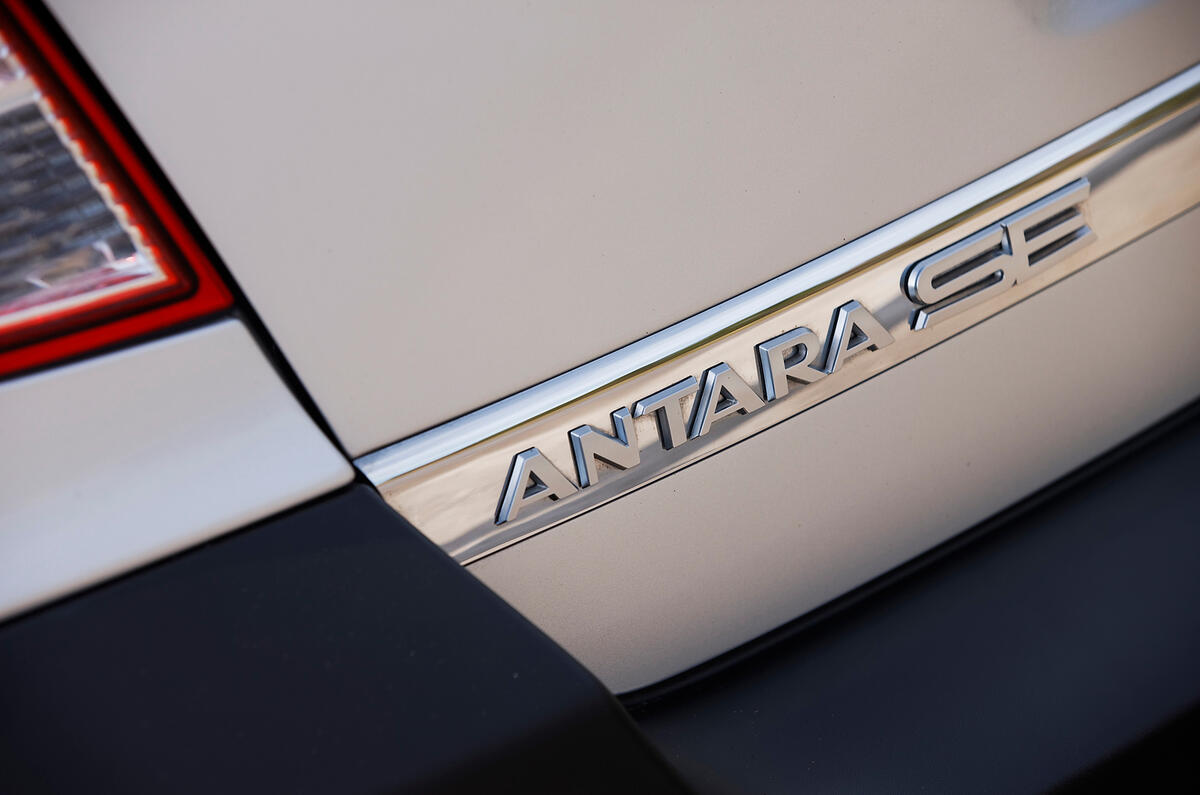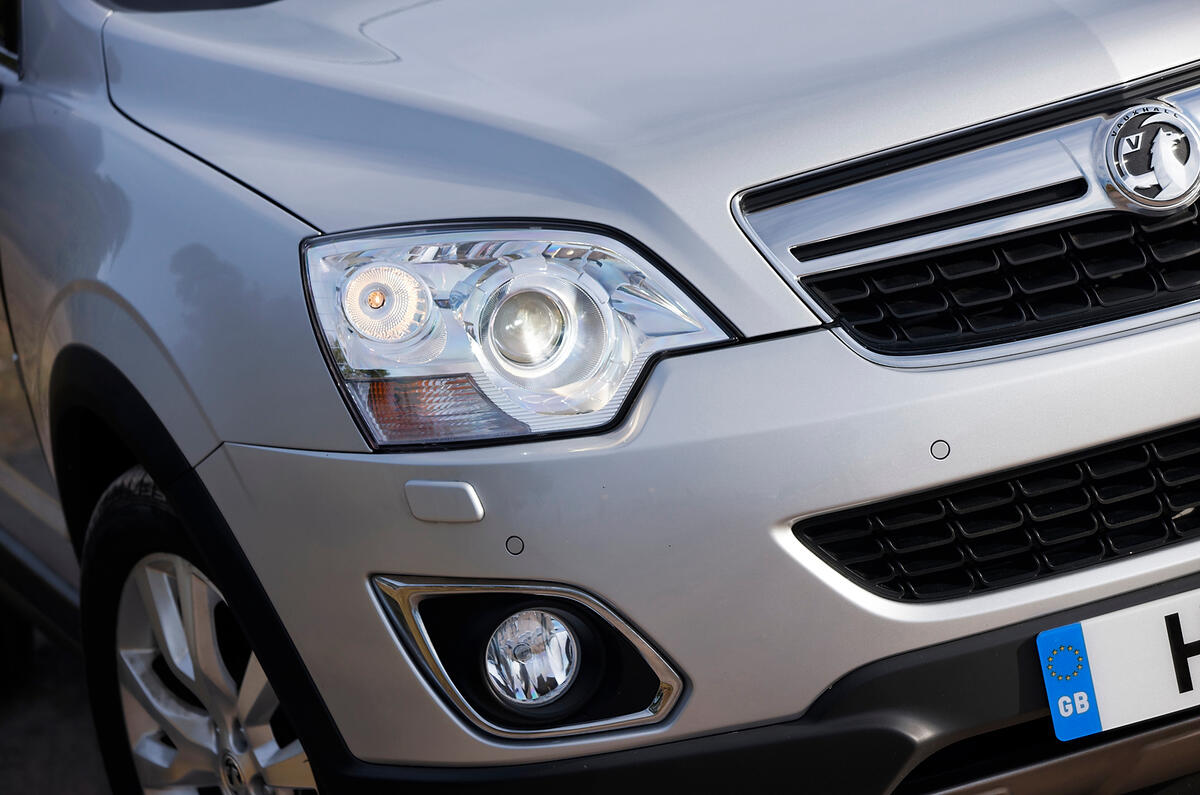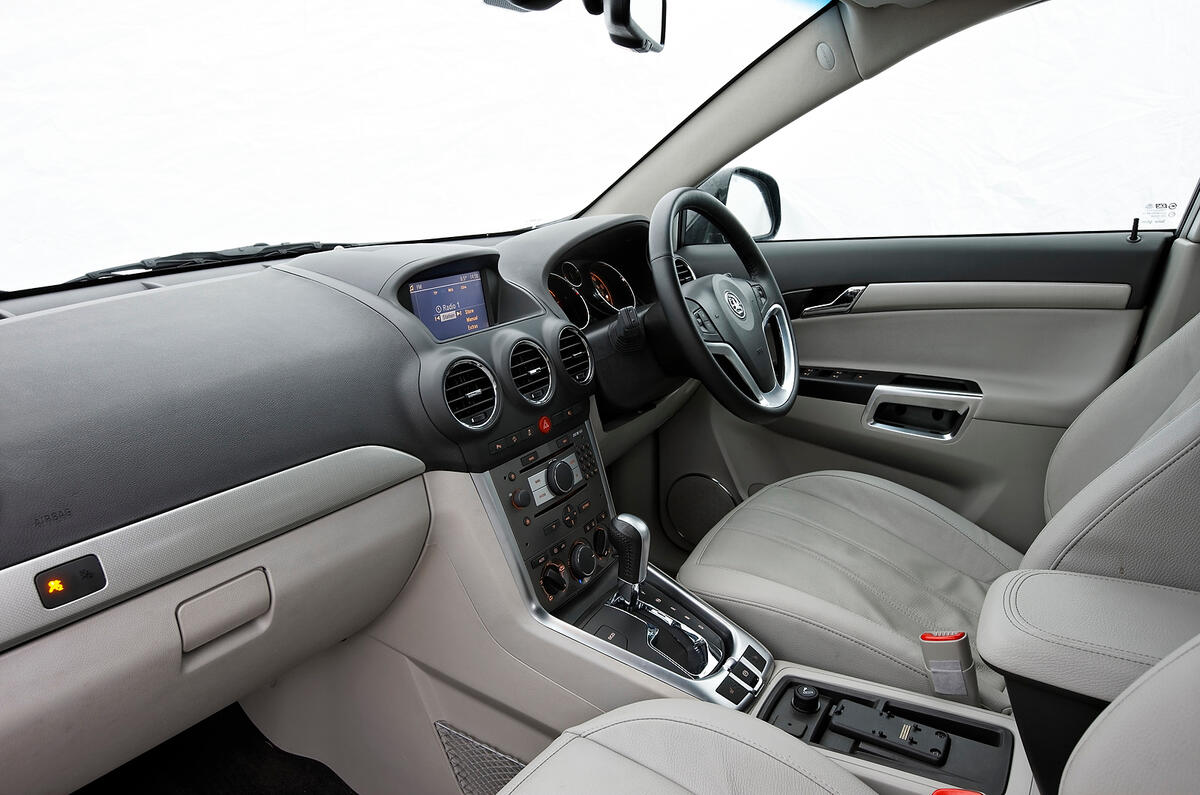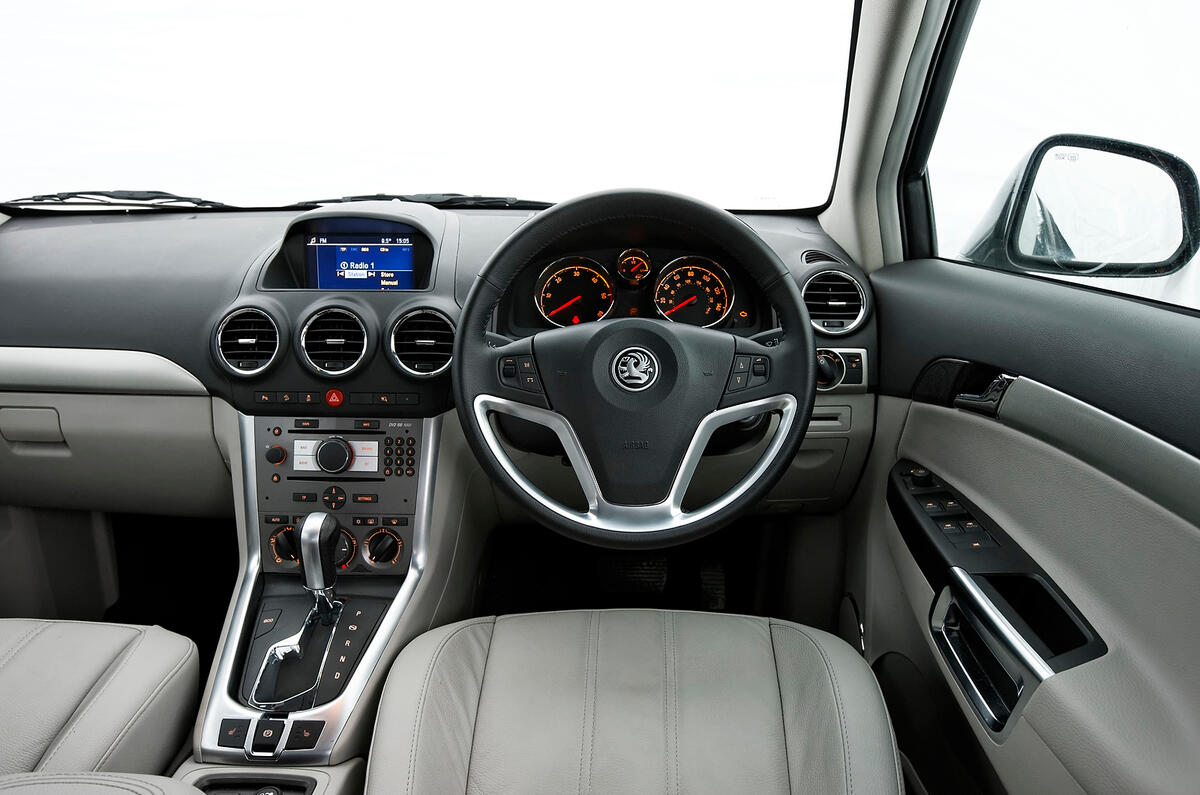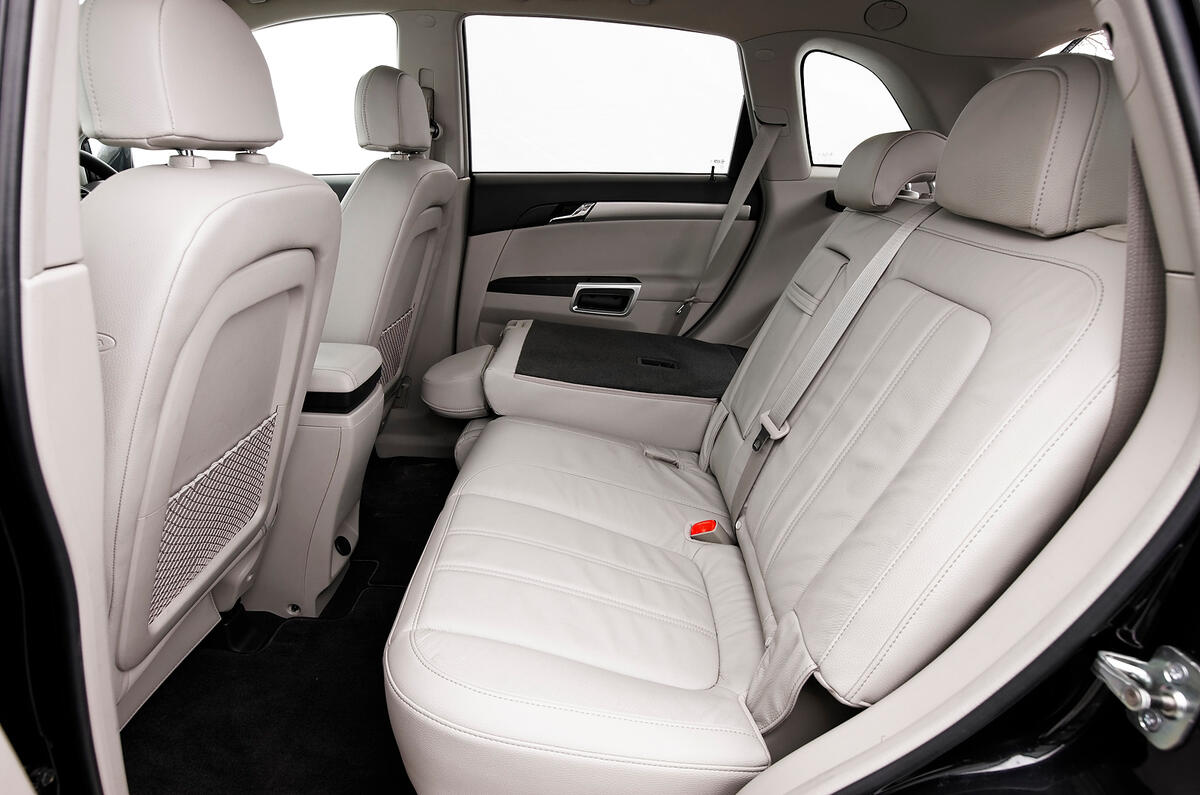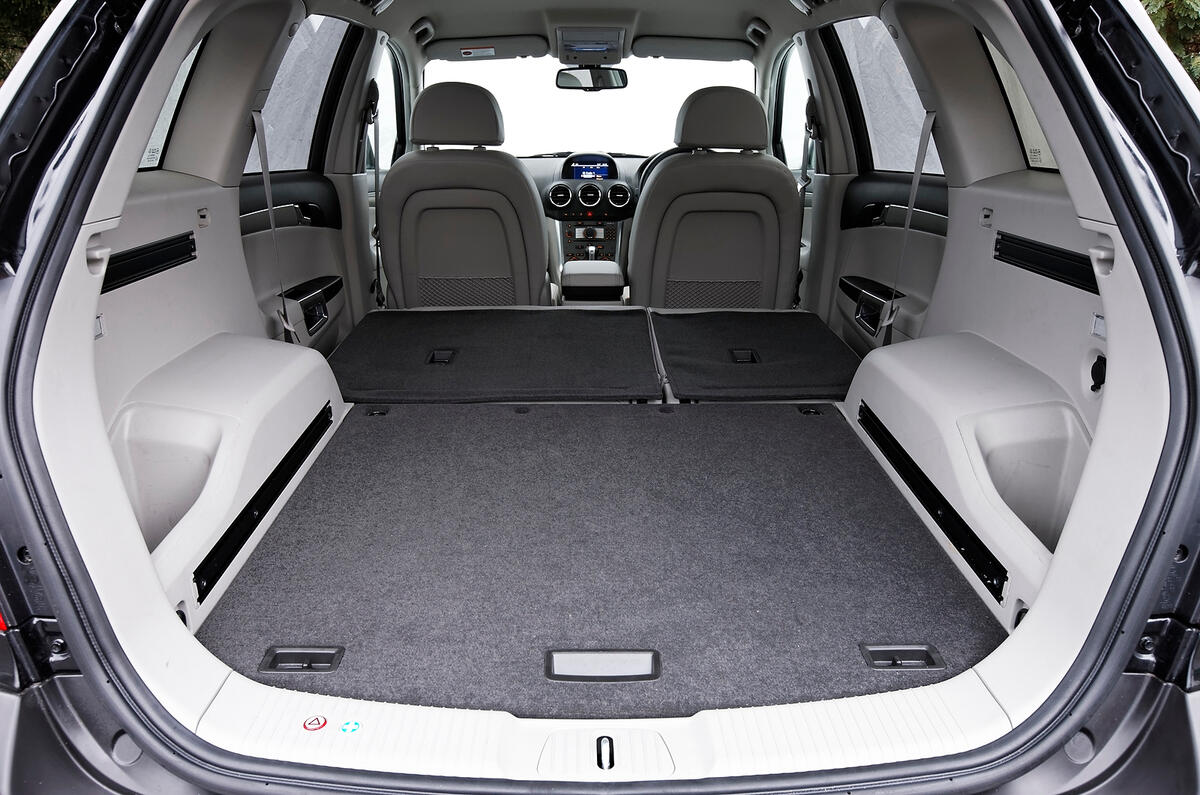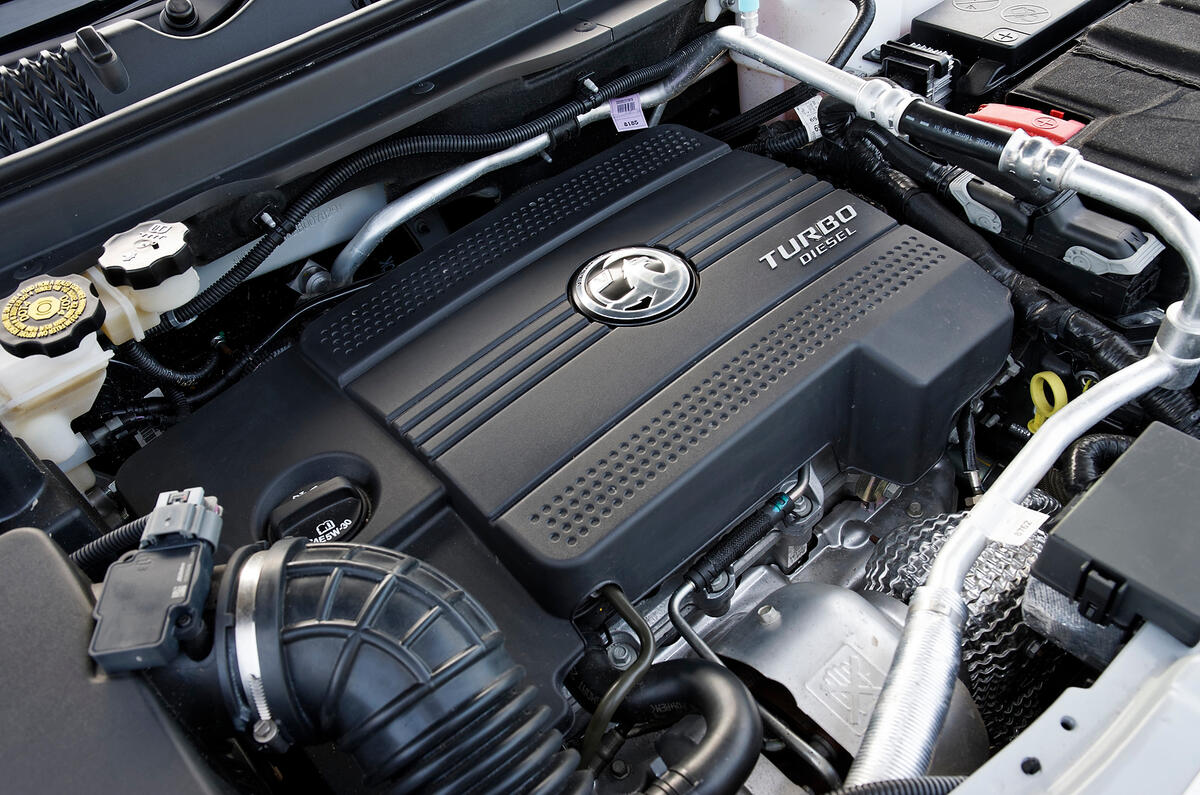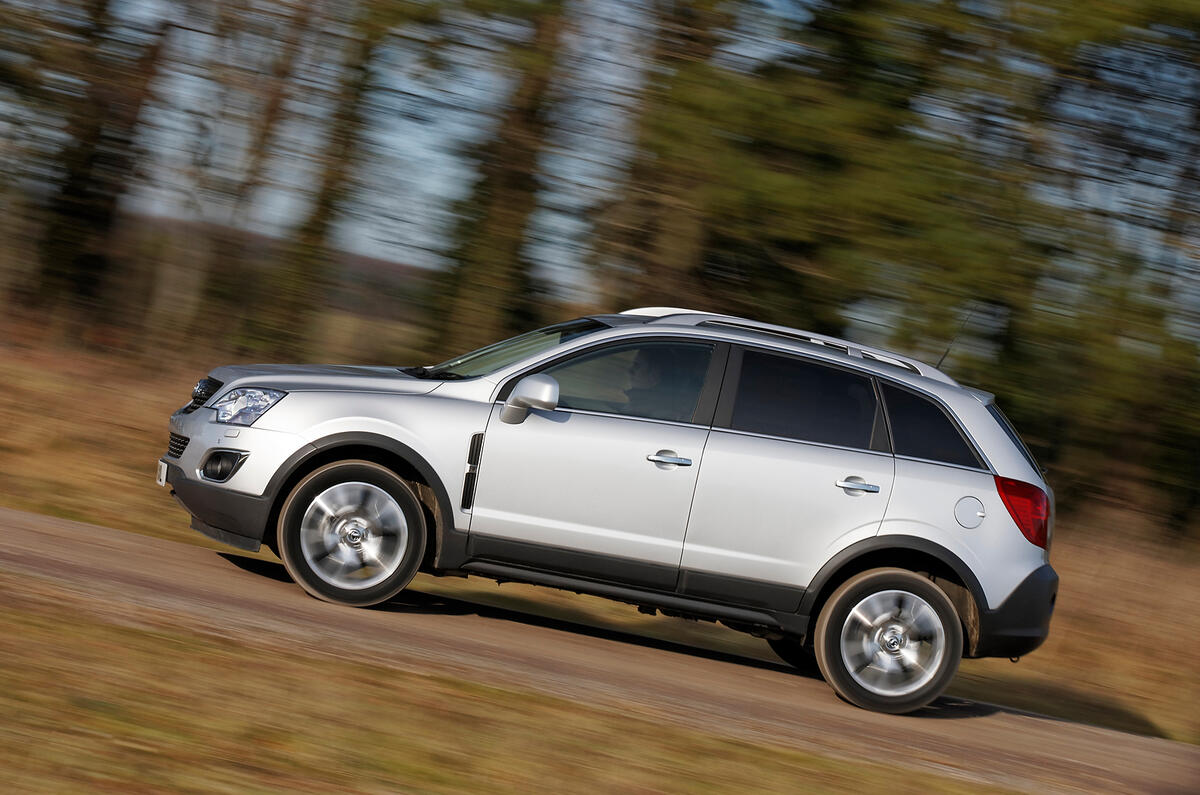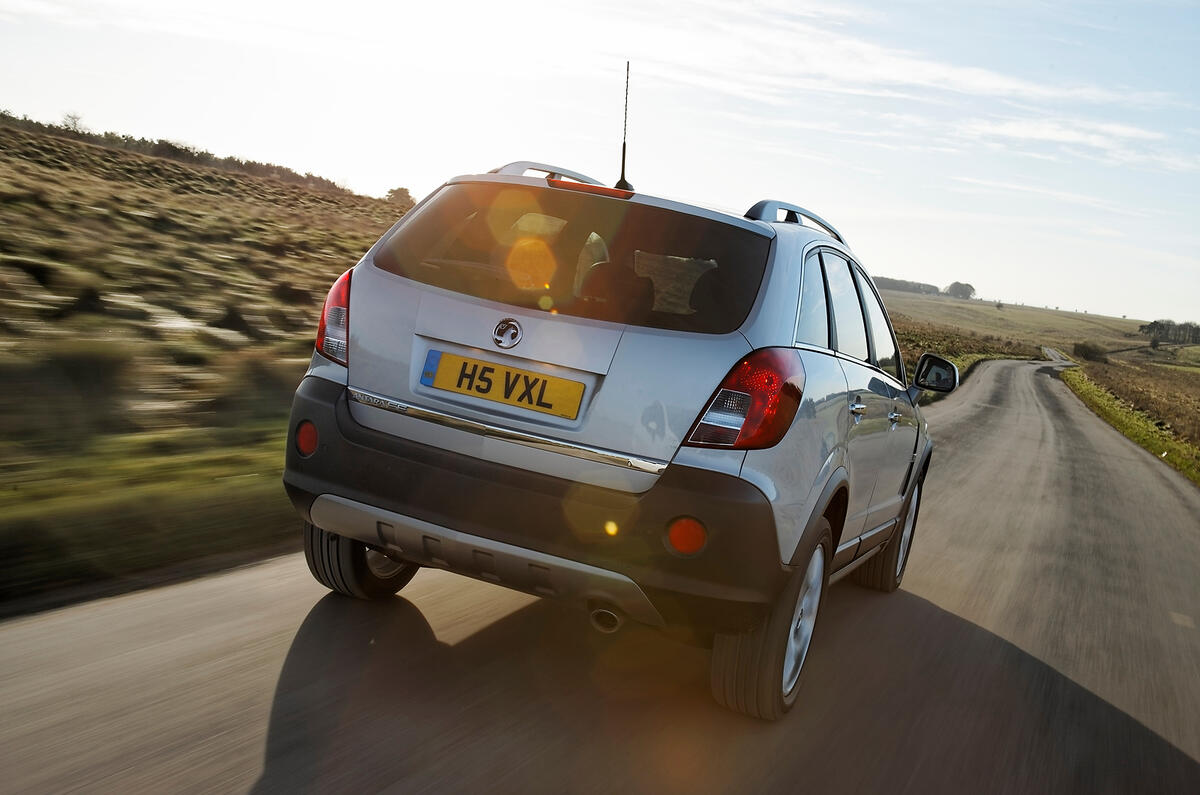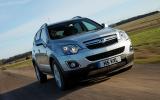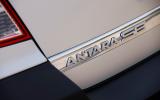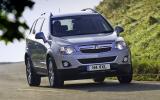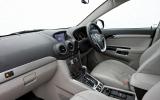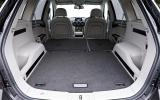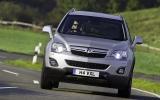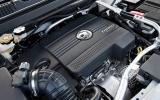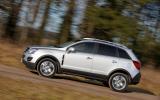The Antara is a modestly handsome SUV, but far from Vauxhall’s most polished product, and sales have been falling in recent years in the face of newer, fresher looking and more accomplished – not to mention higher-profile – soft-road opposition.
Vauxhall says this sales tumble came about because it deliberately stopped promoting the car in anticipation of the upgrades this latest model receives, but it’s also because it knew the original edition wasn’t up to snuff, figuring that a proper sales push would be more effective with a reworked Antara.
The makeover has been fairly extensive, even if the car looks pretty much the same as it did before, the chief identifier being a new grille.
Besides a pair of all-new diesels, the chassis, noise, vibration and harshness (NVH), and interior have all been reworked in a bid to civilise the Antara – and there’s now an entry-level front-wheel-drive version. One of the 2.2 CDTi diesel engines comes with 161bhp and 258lb ft with the peak arriving at 2000rpm. The more powerful version has 181bhp and 295lb ft at 2000rpm. So there’s plenty of torque underfoot, channelled to six-speed manual or automatic transmissions. The petrol option is no longer offered.
Chassis changes involve extensive retuning to reduce roll, sharpen steering precision and improve the ride, with hardware highlights including new MacPherson strut top bushes, a stiffer front anti-roll bar and hydraulically damped trailing arms for the multi-link rear suspension.



